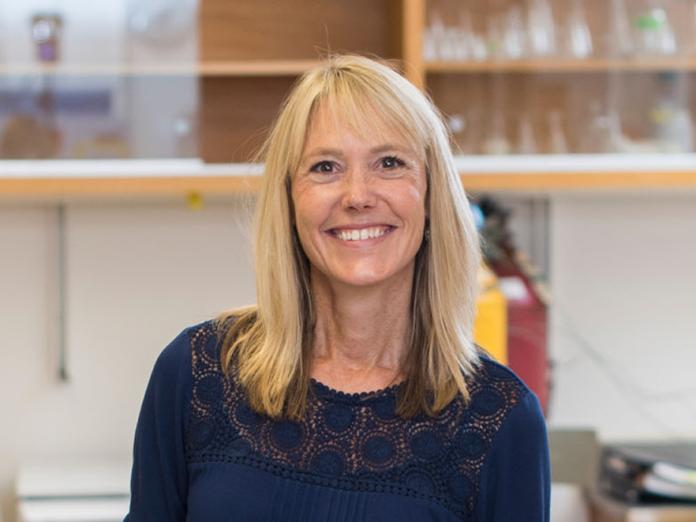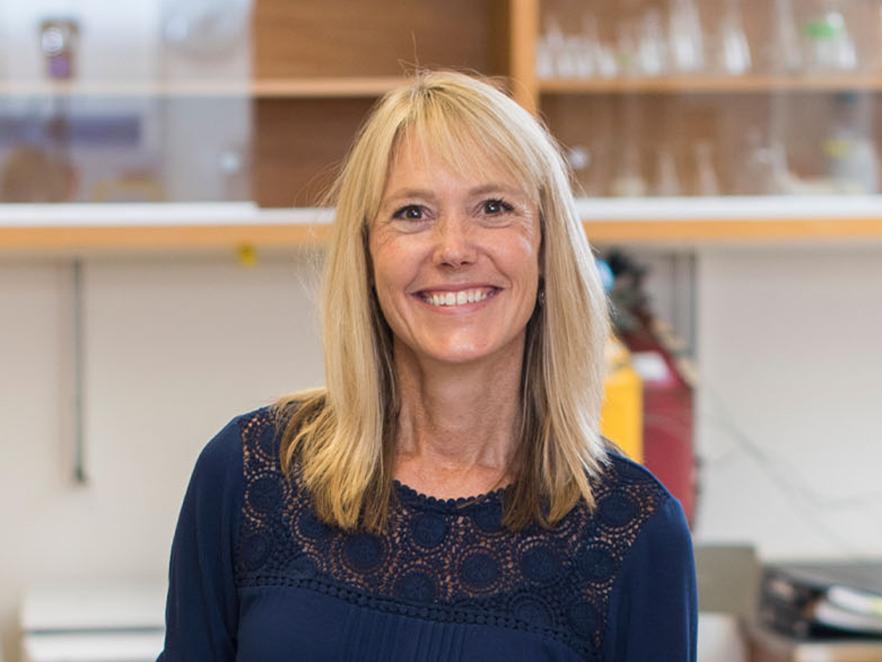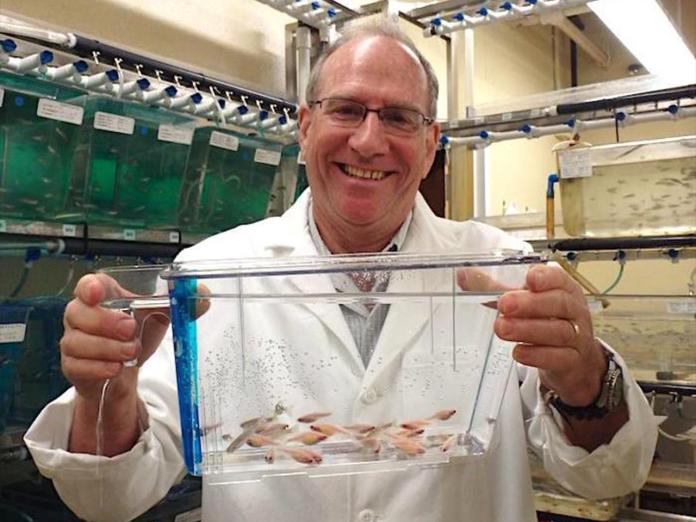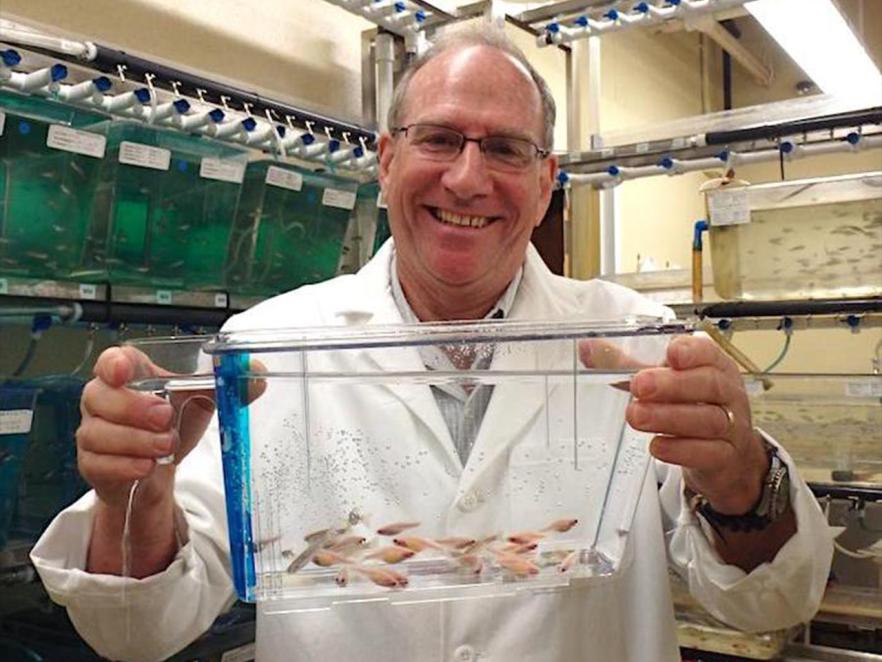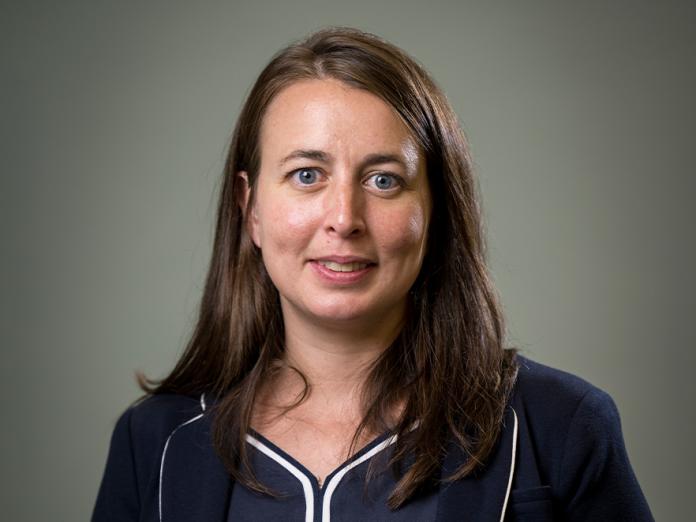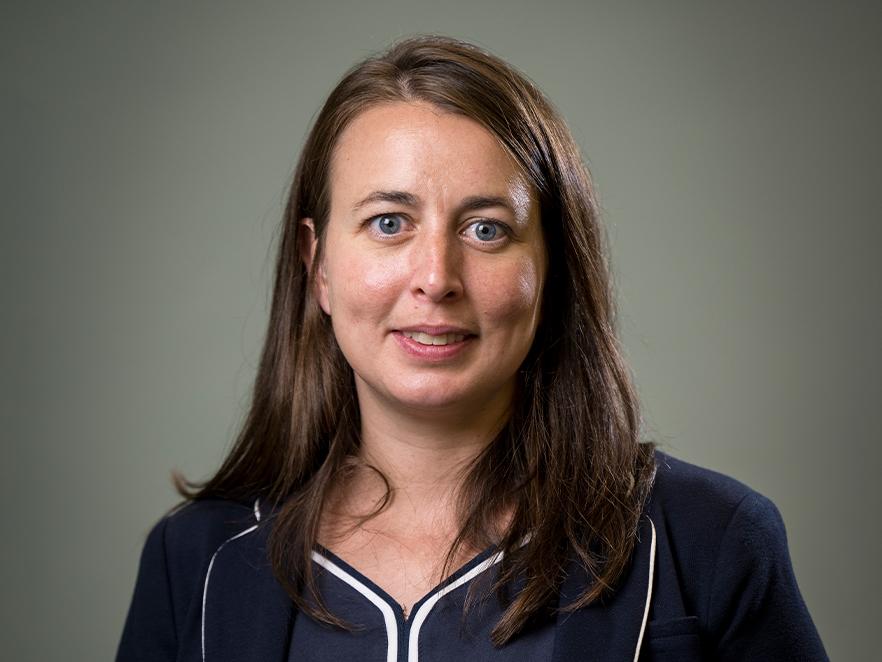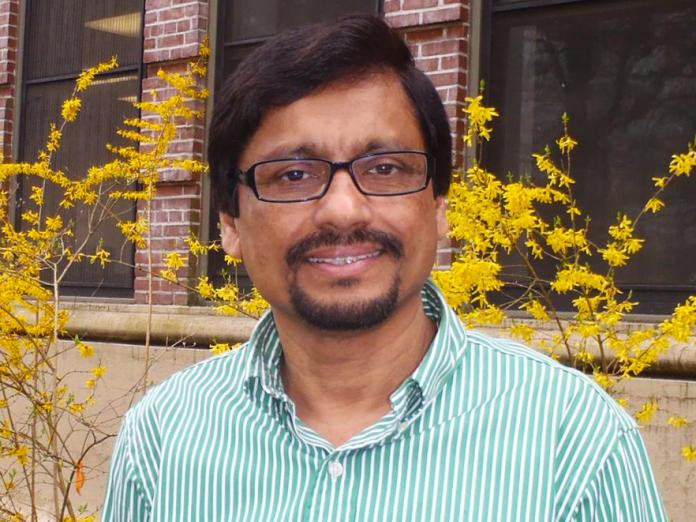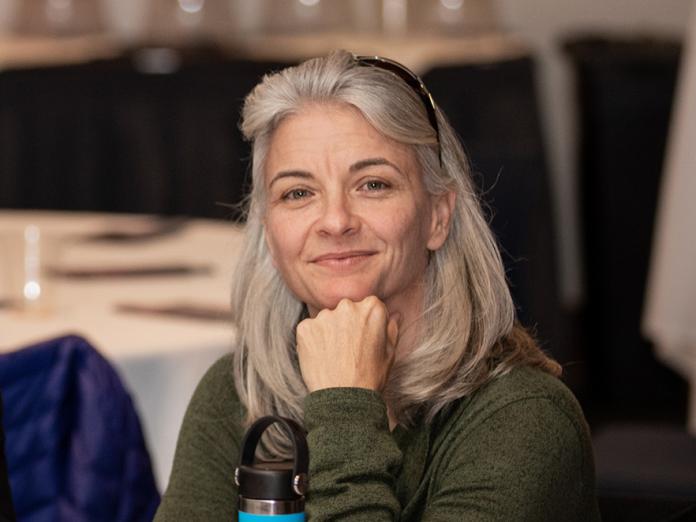The Department of Microbiology is harnessing the power of microbes to solve problems in agriculture, medicine, and environmental systems that are at ecological tipping points. We are field and laboratory researchers using innovative and collaborative approaches to advance biotechnologies for wide-ranging applications.
Applied Microbiology
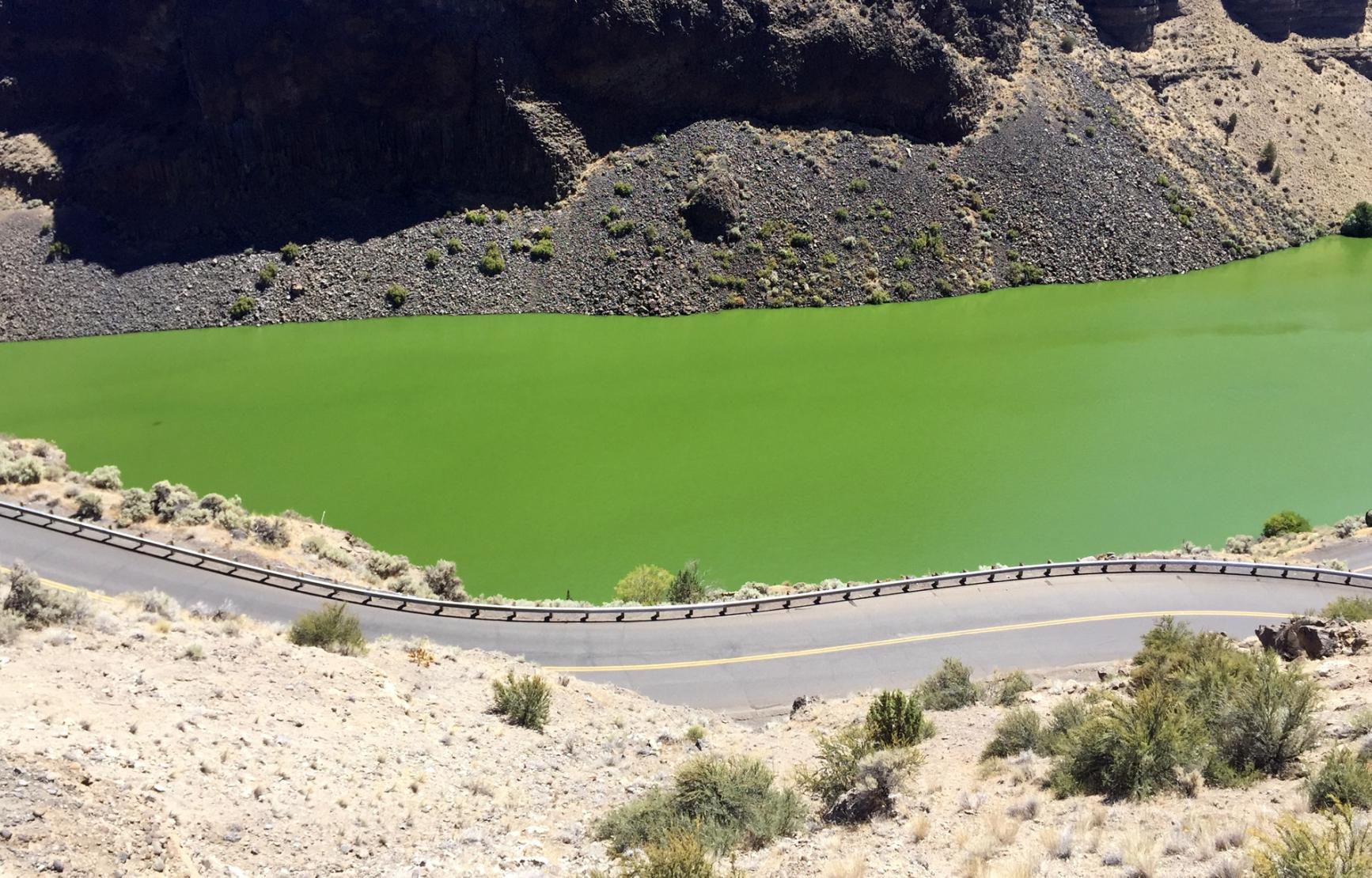
Dense cyanobacterial bloom in the Deschutes Arm of Lake Billy Chinook, central Oregon, tracked by Emeritus microbiologist Theo Dreher. Blooms can produce toxic chemicals that threaten water quality, recreational opportunities, fisheries, public health, and local and state economies.
